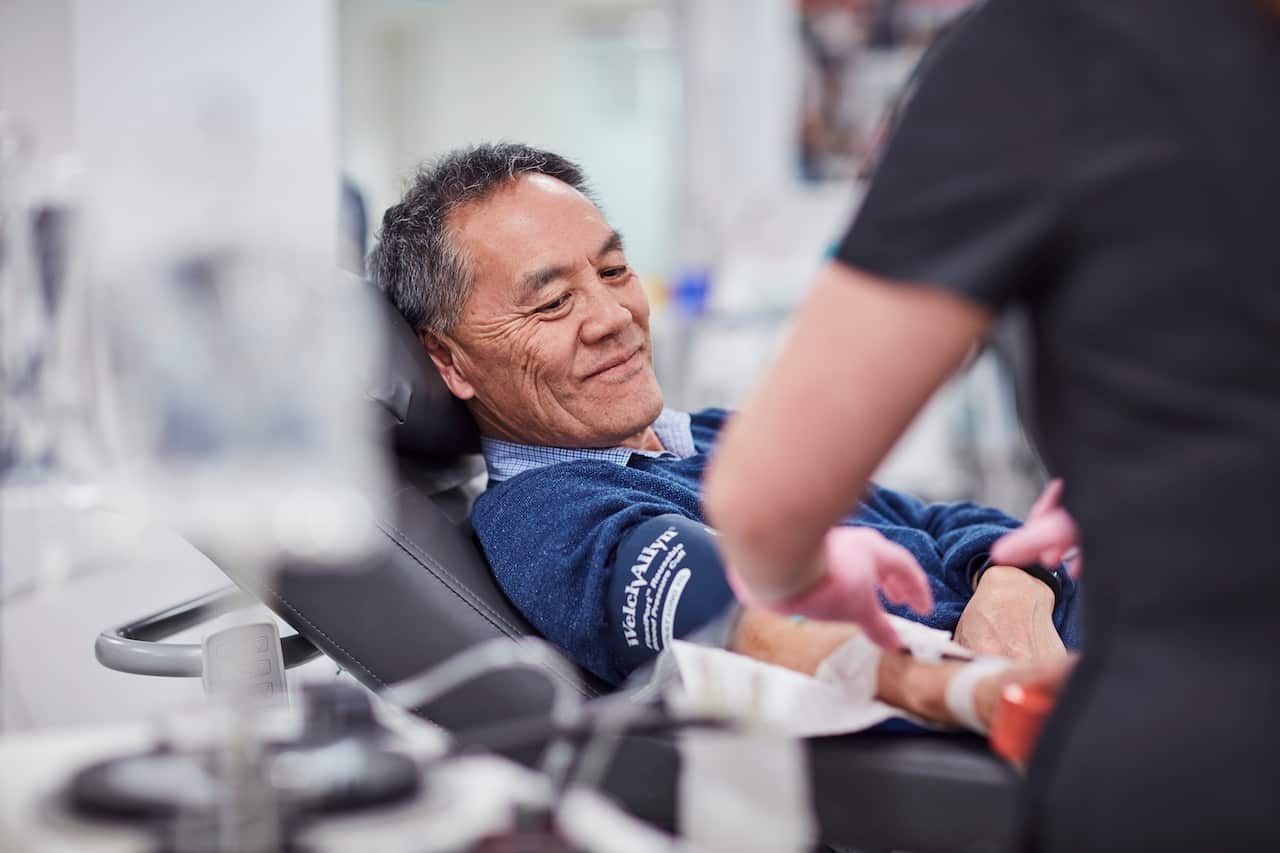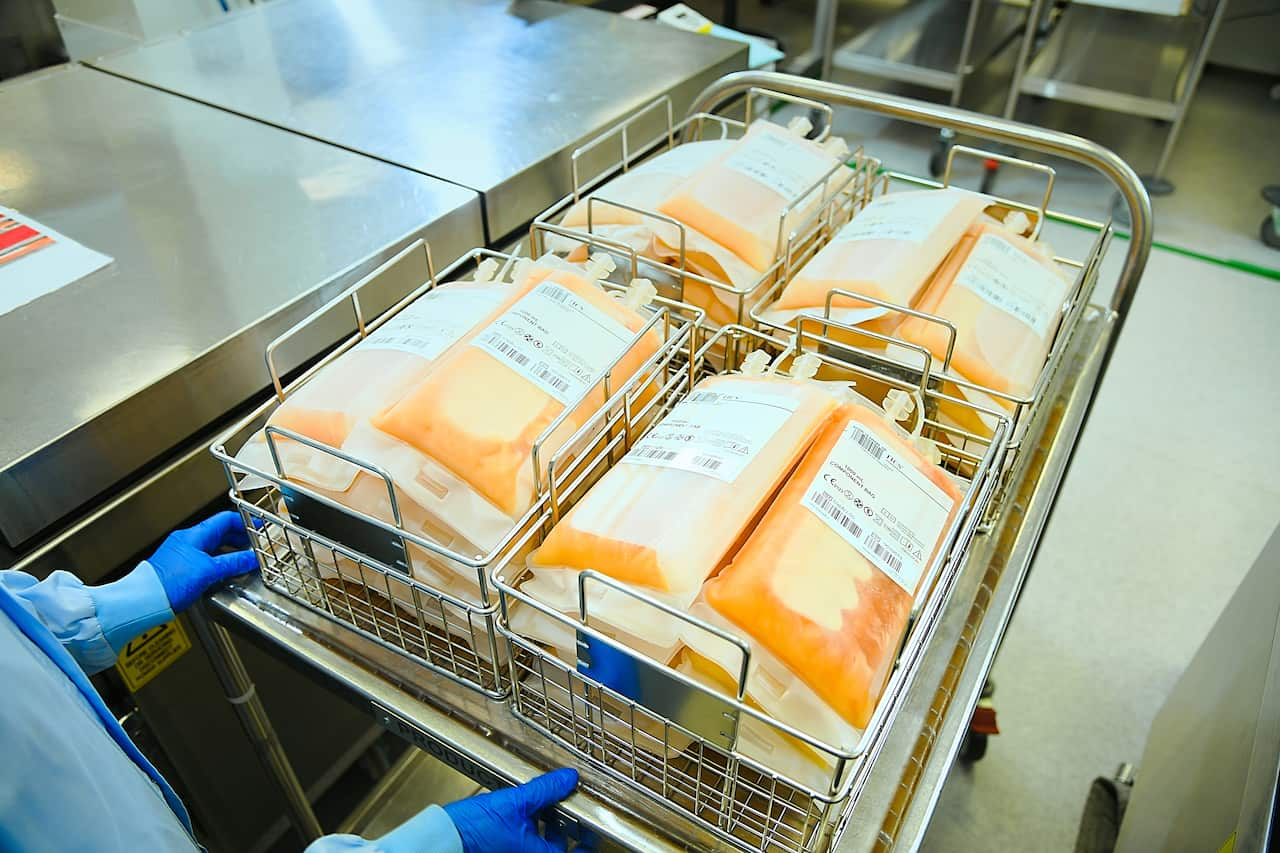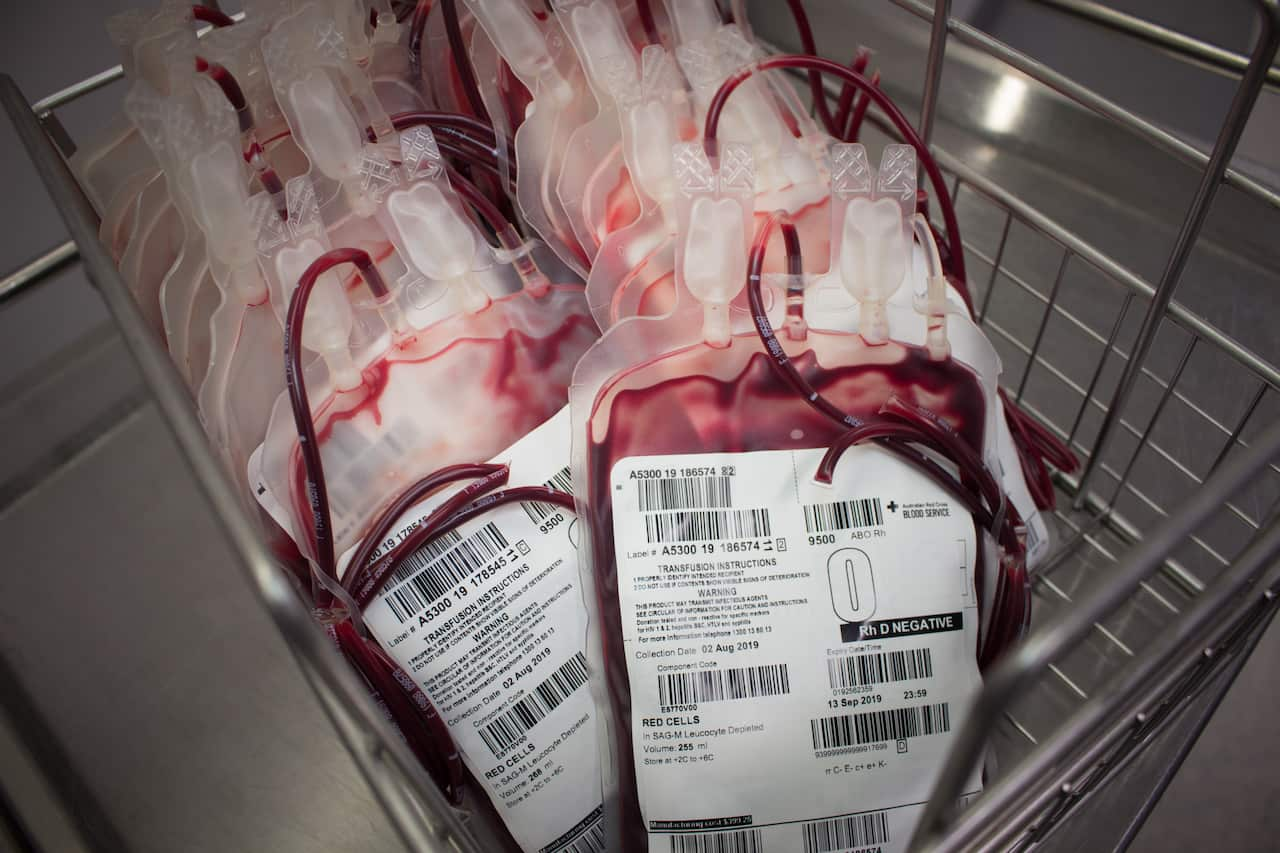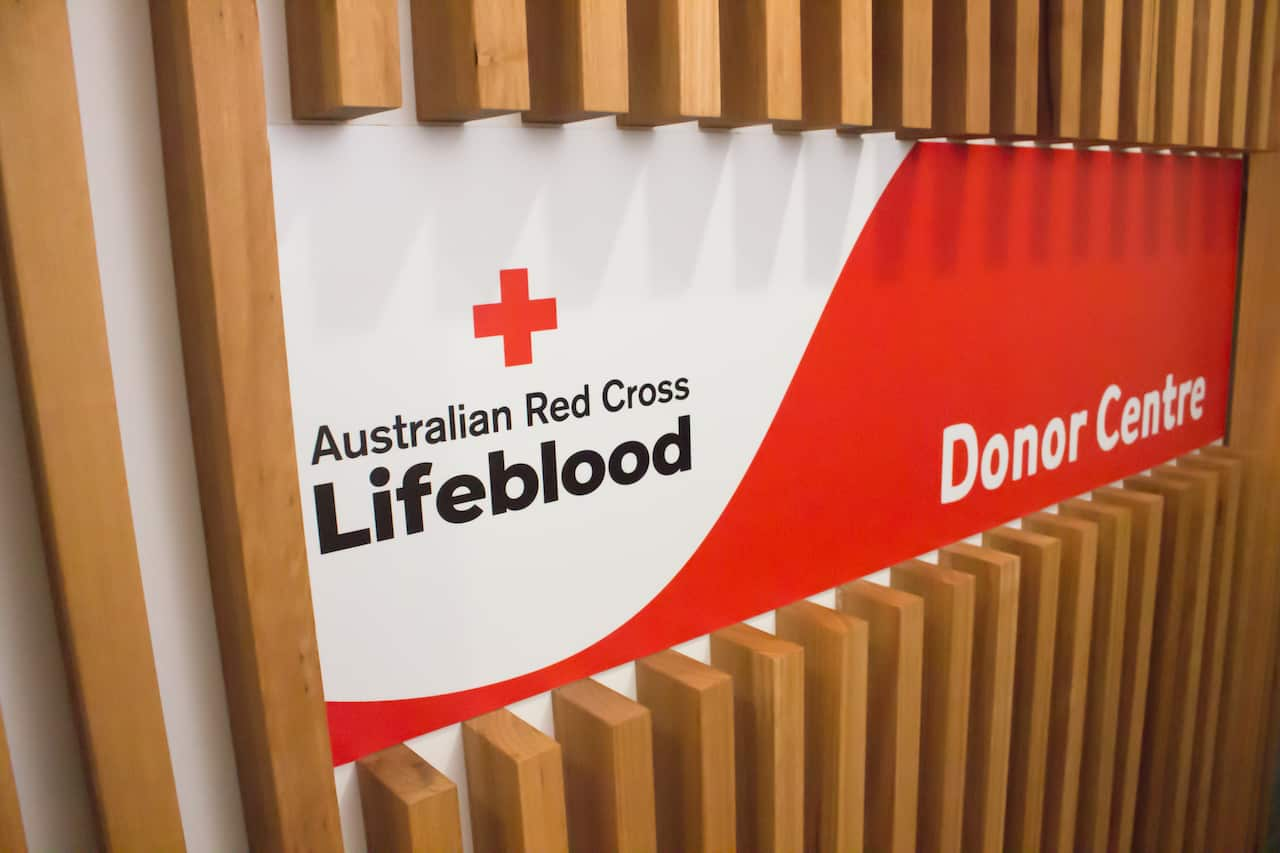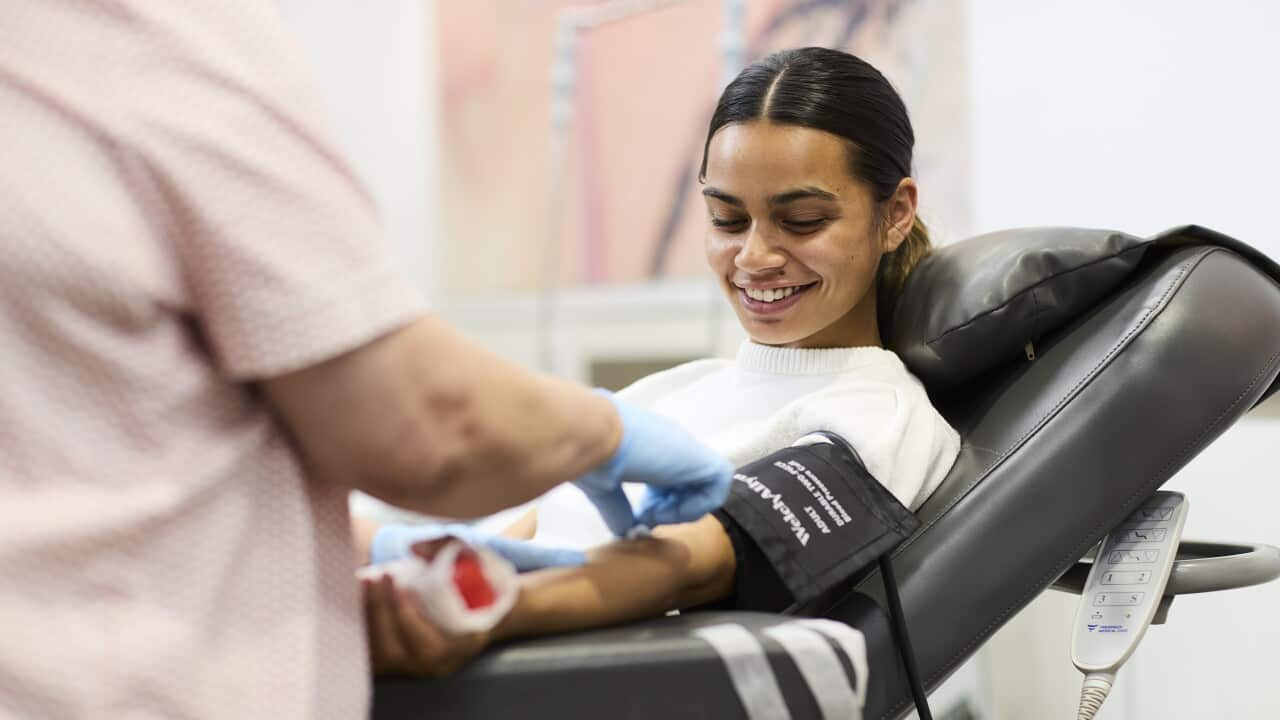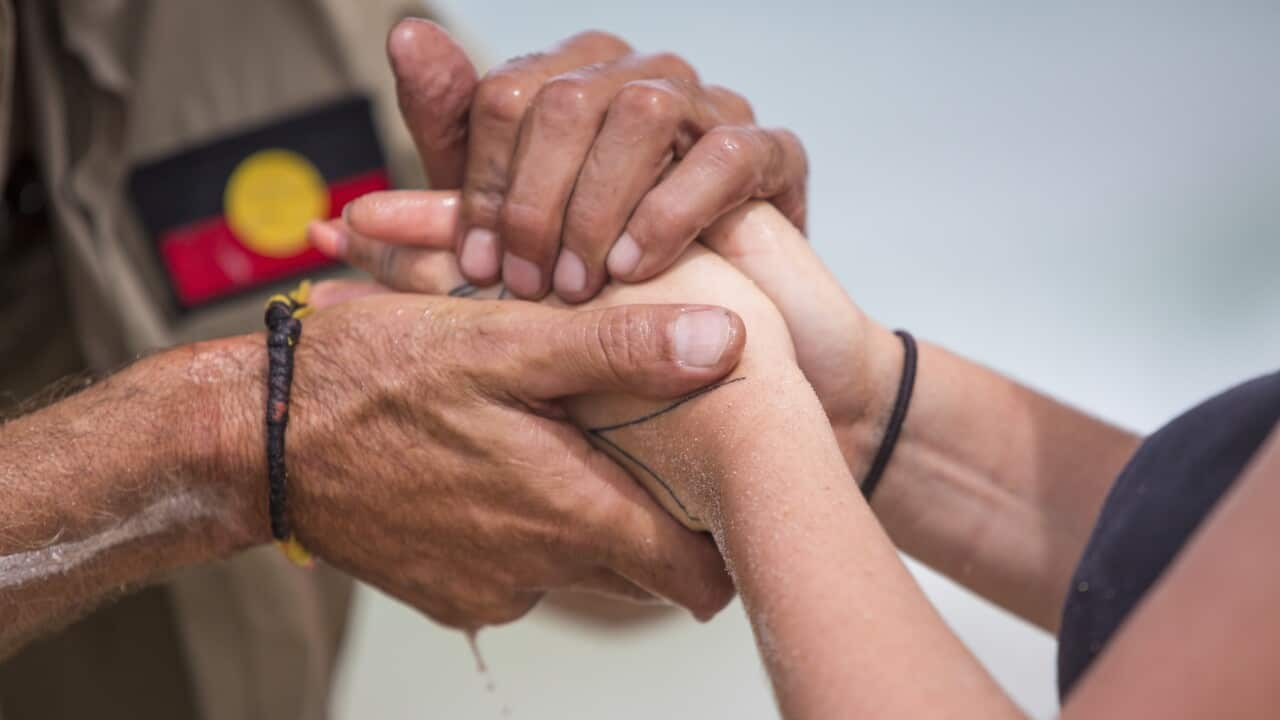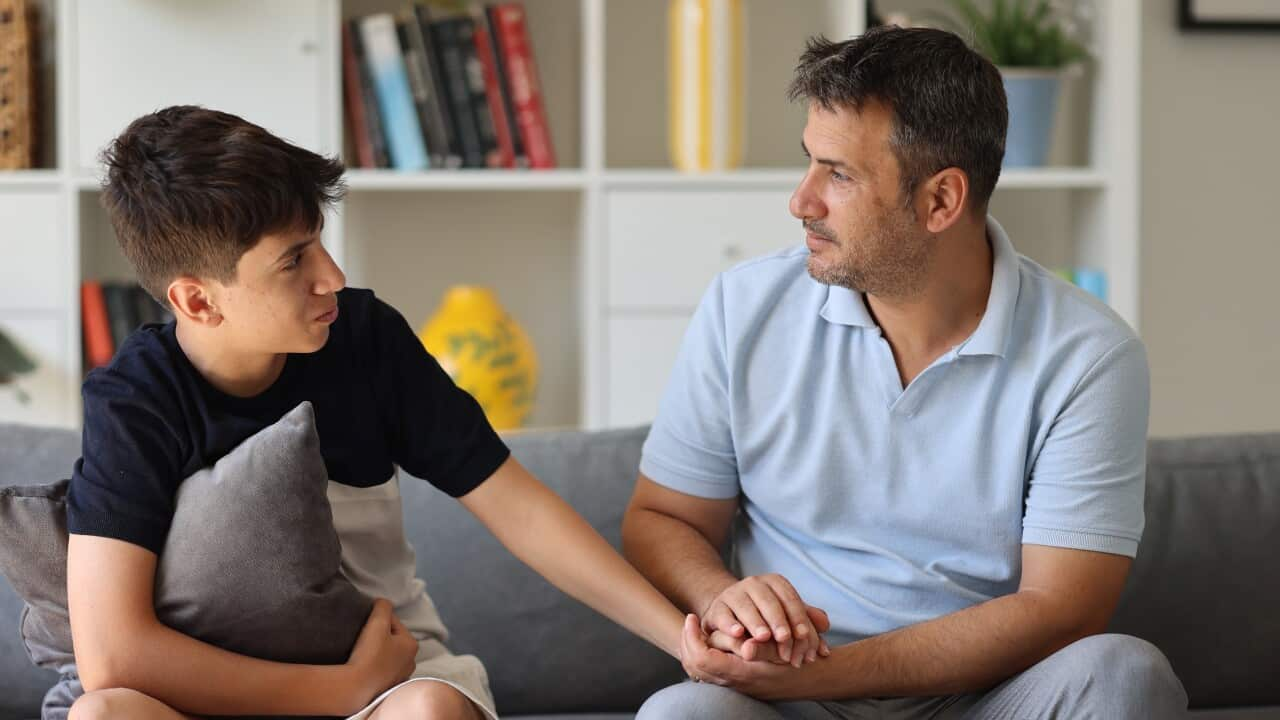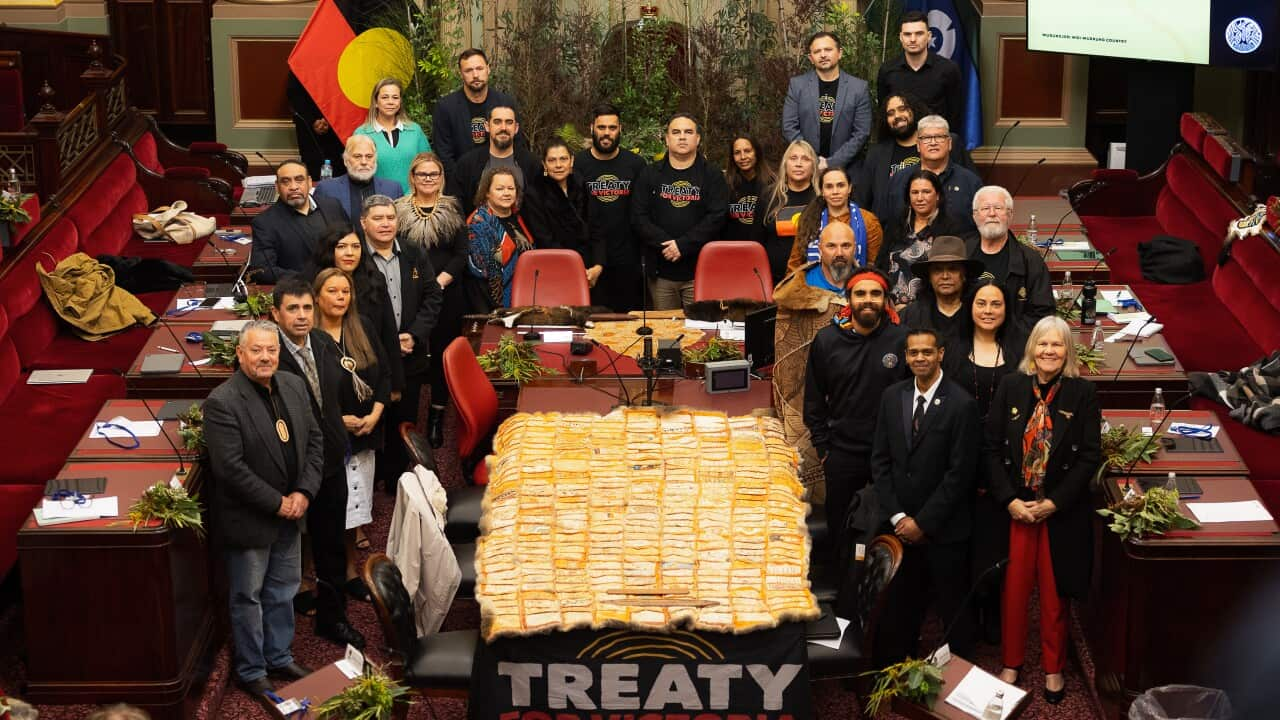Key Points
- Blood donation is voluntary.
- Australian Red Cross Lifeblood manages blood donations.
- Lifeblood needs blood donations from all backgrounds to match Australia’s diverse population.
- If you’re unsure whether you can donate, you can call the Lifeblood hotline on 13 14 95.
Australia has one of the safest blood supplies in the world, but it’s usually in short supply. We need more than 33,000 blood donations each week to meet the demands of our hospital patients.
What is donated blood used for?
Blood is a very versatile product and a precious resource that's life-changing for people who need it, says Emily Granland, spokesperson for Lifeblood, the government-funded body that manages our blood supply as part of the Australian Red Cross.
“It can save lives in emergencies. It can prolong lives for people having treatment for things like cancer, and it can give people who need regular blood transfusions better quality of life. And blood donation really does help a wide variety of people: people having surgery, people who've been involved in a serious accident, people with blood or immune conditions, women giving birth and even unborn babies.”
Lifeblood needs blood donations from all backgrounds to match Australia’s diverse population.
Can anyone donate blood?
Not everyone can donate blood all of the time. But most of us can donate at least some parts of our blood—and more often than you might think.
“If you're between 18 and 75 years old, you weigh 50 kilos or more and you’re feeling healthy and well, you should be able to donate,” Ms Granland says.
“Lifeblood also collects plasma donations and platelet donations, and they’re different parts of our blood. And you can donate blood every 12 weeks in Australia, and plasma every two weeks.”
Some circumstances may rule you out as a donor. You can’t donate if you are pregnant, for example, or if you’ve had a stroke or some other medical condition. This is to protect your health.
Blood conditions such as haemophilia and thalassaemia can also make you ineligible.
If you’re unsure, you can call the Lifeblood hotline on 13 14 95. The medical team is happy to discuss your circumstances.
Frozen plasma in trolley - If you’re unsure whether you can donate, you can call the Lifeblood hotline on 13 14 95. Credit: /
What motivates someone to donate blood?
Blood donor Ed has given blood three to four times a year since 2009.
He says while many people might take our blood supply for granted, for somebody out there, it's a matter of life and death.
“My motivation is really to help save lives. So for me it's something that I can help with and it doesn't cost me anything apart from some time… and my blood.”
I've had family and friends who’ve gone to the hospital, gone through blood transfusions, and something tells me that I should give something back to the community.
Ed, regular donor
What can I expect during a blood donation appointment?
The appointment should take about an hour for blood and 90 minutes for plasma. Your blood will be drawn from your arm for just a few minutes using a needle.
“We do ask that you drink about 12 glasses of water the day before the donation, and continue to drink water on the day to make sure that you're hydrated and your blood flows well,” Ms Granland recommends.
“We know that some people feel a bit nervous about donating blood or might be a little bit scared of needles, but our staff are very, very friendly and they'll put you at ease.
“And if English is not your first language, we do offer interpreters. And we can also supply screens and arm coverings.”
You’ll be asked to complete a questionnaire to ensure that you’re eligible to donate on the day, and to undergo a quick check of your blood pressure and iron levels.
“Then you move on to our donor floor and sit in a nice comfy chair to give your donation,” Ms Granland says. “And for blood that only takes about five to 10 minutes.”
Afterwards, you’re invited to relax with some free refreshments to replenish your energy.
O-negative blood - Not everyone can donate blood regularly. But most of us can donate at least some parts of our blood.
Why do we need blood diversity?
In Australia, it’s important that blood is donated from a diverse section of the population.
Currently, most blood donors are from European backgrounds, Dr Rachel Thorpe says. She is a Senior Research Fellow with Australian Red Cross Lifeblood.
But the greater the blood diversity, the more sustainable our blood supply becomes.
As the country becomes more ethnically diverse, so does our blood, because blood types are inherited. So it's really important that we receive blood donations from a diverse section of the population so that we have matched blood that's available for the patients that need it.
Dr Rachel Thorpe
There are eight main blood types. Most of us will have heard of the ABO and rh blood types. For example, You might already know that your blood type can be a letter (either A, B, AB, or O) combined with an Rh type (positive or negative)
In Australia, the most common blood type is O positive, followed by A positive.
Dr Thorpe says there are actually more than 300 variants, some of which are very rare, such as the ‘JK null’ blood type.
“It's rare amongst all ethnicities but it's more common amongst people from Polynesian, New Zealand Maori and Filipino backgrounds. So we are always looking for more people from those backgrounds to come and donate blood.”
Cultural factors can influence why people are sometimes reluctant to donate blood. In some countries, for example, family members or friends would be asked to donate blood for a loved one. In contrast, here blood donation is voluntary.
Can you donate blood as a group?
Yes you can. Your workplace might even arrange a group appointment.
Regular blood donor Ed has made group appointments with his work colleagues as a way of motivating himself and others to give blood.
“When you go there as a group and you have this kind of jolly atmosphere when you're on your way to the blood centre, then it makes [it easier for] others who aren't that keen to go because of maybe fear of needles.”
Australian Red Cross Lifeblood Donor Centre.
Where do you donate blood?
Lifeblood always welcomes new donors from all backgrounds.
Bookings are recommended, but donor centres do try to accommodate people who turn up without an appointment.
There are almost 80 permanent Lifeblood donor centres across Australia.
Pop-up donor centres and mobile donor units visit more than 365 regional locations every year.
If you’d like to give blood donation a try, you can call 13 14 95 or book online at lifeblood.com.au or via the Donate Blood app. Subscribe to or follow the Australia Explained podcast for more valuable information and tips about settling into your new life in Australia.
Do you have any questions or topic ideas? Send us an email to australiaexplained@sbs.com.au
